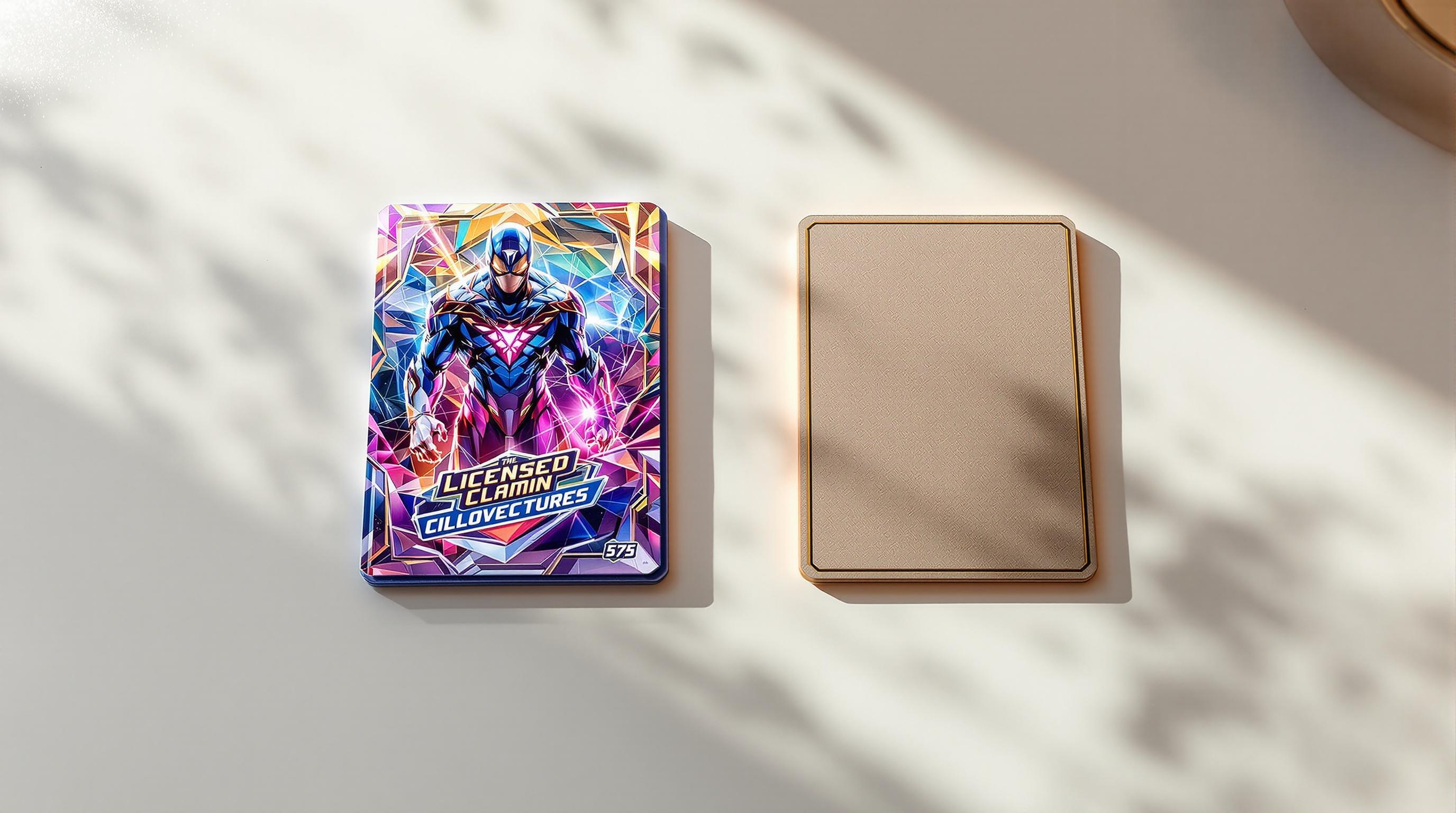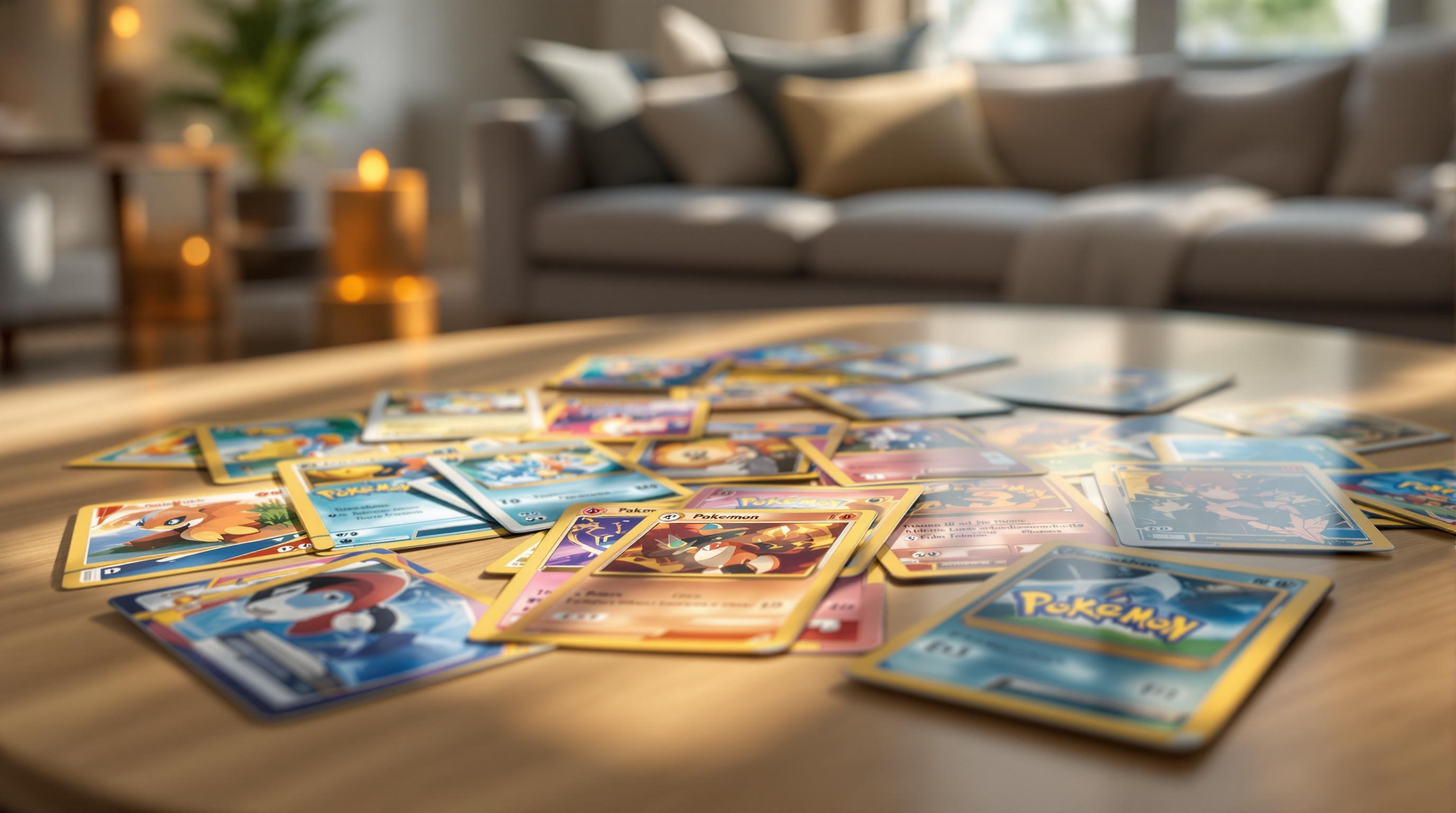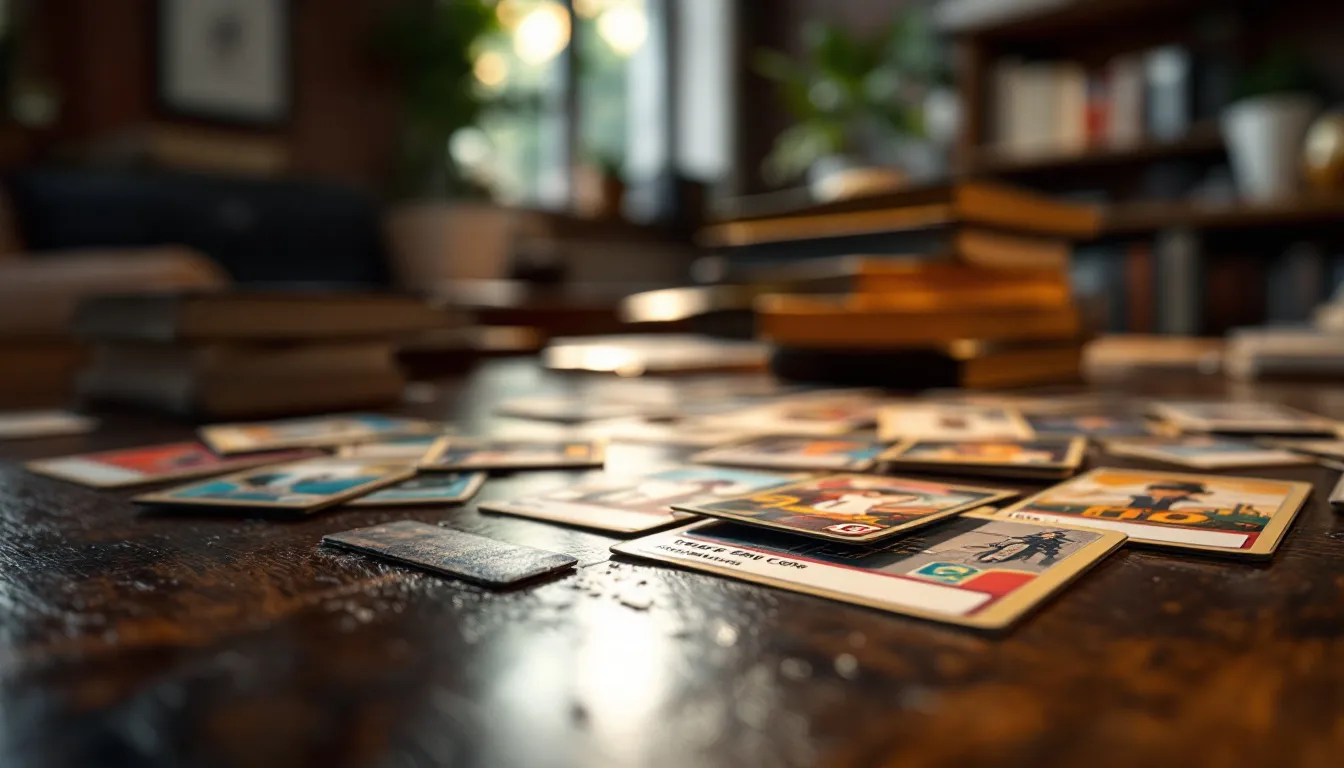Vintage sports cards (pre-1980s) are booming in 2024, even as modern and ultra-modern cards struggle with value drops of 30.8% and 34.8%, respectively. Here’s why vintage cards are holding strong:
- Scarcity: Unlike modern cards, vintage cards were produced in limited quantities and have become even rarer due to wear and tear over time.
- Nostalgia: Many collectors rediscovered their love for cards during COVID-19, turning childhood memories into investments.
- Investment Potential: Professional grading and blockchain technology ensure authenticity and condition, making vintage cards attractive to investors.
- Tech and Accessibility: Platforms like Card Shops List make finding trusted dealers easier, while blockchain adds security to transactions.
Quick Comparison: Vintage vs. Modern Cards
| Feature | Vintage Cards | Modern Cards |
|---|---|---|
| Supply | Fixed, limited | Mass-produced |
| Condition | Rare in mint condition | Most are near-perfect |
| Price Stability | Steady growth | Volatile, player-dependent |
| Historical Value | High | Limited to recent players |
Vintage cards combine historical appeal with modern tools for secure trading, making them a solid choice for collectors and investors alike.
Related video from YouTube
Main Reasons Behind the Vintage Card Boom
The world of vintage card collecting is on fire, and there's more to it than just people buying old pieces of cardboard. Let's break down what's really driving this explosion in popularity.
Nostalgia and Renewed Hobbies
COVID-19 changed everything. While stuck at home, people started digging through their closets and rediscovering their old card collections. These weren't just cards - they were time machines to childhood memories and better days.
Here's what's interesting: While modern cards took a big hit with a 34.8% drop in 2023, vintage cards kept their magic. People aren't just collecting them for fun anymore - they're seeing dollar signs.
Seeing Vintage Cards as Investments
Smart money is flowing into vintage cards, and it makes sense. Think about it: These cards have been lost, damaged, or thrown away for decades. The few that survived in good shape? They're like gold.
What changed the game? Professional grading services. When you buy a graded vintage card, you're not just hoping it's real - you KNOW it is. It's like having a stamp of approval that says, "Yes, this is the real deal, and here's exactly what condition it's in."
Online Platforms Making Cards Accessible
The internet has flipped the vintage card world upside down. Sites like Card Shops List have made it super easy to find legit dealers. No more driving around to card shops or hoping that guy at the flea market is honest.
But here's what's really cool: Blockchain tech is making high-end card trading safer than ever. Each card gets its own digital certificate that proves it's authentic. This mix of old-school collecting and new-school tech has pulled in younger collectors who want the best of both worlds.
Comparing Modern and Vintage Cards
Scarcity vs. Mass Production
The key difference between vintage and modern cards? Supply. Today's manufacturers pump out tons of current player cards, while vintage cards exist in fixed, shrinking numbers. This basic fact shapes how both markets work.
Let's look at the numbers: Ultra-modern sports cards (2009 and later) saw sales plunge 34.8% in 2023. Meanwhile, vintage cards held strong. Why? Simple - you can't make more 1952 Mickey Mantles or 1986 Fleer Michael Jordans.
"The vintage market's stability comes from its inherent scarcity. Unlike modern cards, where print runs can be adjusted based on demand, vintage cards are truly limited by history."
Modern card makers try to create fake scarcity with numbered cards and variations. But vintage cards? They're naturally rare - no tricks needed.
Condition and Professional Grading
When it comes to vintage cards, grading is make-or-break. Finding an old card in top shape isn't just hard - it's almost like winning the lottery.
Modern cards? They usually come out of the pack looking perfect. But vintage cards have been through decades of possible wear and tear.
Here's a quick breakdown of the main differences:
| Feature | Vintage Cards | Modern Cards |
|---|---|---|
| Supply | Fixed, limited amount | Mass-produced with special editions |
| Card Condition | Few mint examples exist | Most start in perfect shape |
| Price Stability | Steady, upward trend | Swings with player performance |
| History Factor | Icons and legends | Current stars |
Thanks to new tech, checking if cards are real is easier than ever. Card Shops List's guide to grading services helps collectors protect their investments. This has created a steady market for vintage cards, even as modern card prices bounce up and down based on how players perform and what buyers want.
These differences matter - knowing them helps new collectors make smart choices about building their vintage collections.
sbb-itb-0db97a5
How to Start Collecting Vintage Cards
Places to Buy Vintage Cards
Want to dive into vintage card collecting? You've got options. eBay is the big player, handling over 30% of online vintage card sales. But don't overlook local card shops - they let you inspect cards up close and get expert authentication on the spot.
Looking for a local vintage card dealer? Check out Card Shops List (https://cardshopslist.com). It's a handy tool that points you to specialized dealers near you. These shops often have carefully picked collections and staff who know their stuff.
Here's where you can find vintage cards:
| Where to Buy | What's Good | What to Watch For |
|---|---|---|
| Online Markets | Huge selection, Easy price shopping | Need extra care with authenticity |
| Local Shops | Touch before buying, Expert help | Cost more, Fewer choices |
| Card Shows | Meet other collectors, Hidden gems | Only run certain times |
| Auction Houses | Top-tier cards | Extra costs, But verified genuine |
Tips for Building a Collection
Ready to start your collection? Let's talk strategy. Focus on steady growth instead of chasing the wild swings we see in newer cards.
"The sports card market in 2024 is navigating through a period of significant change, with technological innovation and changing collector demographics driving a potential revival."
Here's how to build a solid collection:
Pick your focus - maybe it's cards from the 60s, your favorite team, or a legendary player. This helps you stay on track and keeps your wallet happy. Always get the important stuff checked - professional grading tells you it's real and shows its condition. Keep an eye on prices too. Use sites like Card Shops List to spot trends and find sellers you can trust.
Just starting out? Think about mid-grade vintage cards. They might have some scuffs and dings, but they're easier on your budget while still packing historical punch. Plus, they're often better deals than mint condition cards.
Set a firm budget before you start buying. The vintage card market gets pretty hot, and it's easy to get caught up in the excitement. Stick to your plan, and you'll build something special without breaking the bank.
Conclusion: What's Next for Vintage Cards?
The vintage card market in 2024 shows strong momentum, fueled by a mix of old-school nostalgia and new market forces. Three key factors point to a promising future: fewer cards available over time, better security through blockchain tech, and easier ways to buy and sell that bring in both old pros and new collectors.
Let's look at how different card segments are doing:
| Market Segment | Current Trend | Future Outlook |
|---|---|---|
| Vintage Cards | Stable growth | Strong potential |
| Modern Cards | 30.8% decline | Uncertain |
| Ultra-Modern Cards | 34.8% decline | Volatile |
We're seeing big changes in how people collect cards. Young collectors who grew up with smartphones are jumping into vintage cards through new digital platforms - but they still love the feel of holding a piece of history in their hands. Card shops are catching on, mixing their brick-and-mortar stores with online sales and digital authentication tools.
Tech is reshaping the vintage card scene in some pretty cool ways. Blockchain has already made buying and selling safer, and new digital tools are changing how collectors check, trade, and show off their cards. But here's what makes vintage cards special: they blend this new tech with the charm of physical collecting.
The numbers tell an interesting story: while modern and ultra-modern cards have taken a hit, vintage cards keep holding steady. They're not just cool old pieces of cardboard - they're becoming smart investments too. In a world where everything's going digital, vintage cards are proving that sometimes the old stuff has the brightest future.
FAQs
What is the sports card market trend in 2024?
The sports card market in 2024 shows a clear split between old and new cards. Vintage cards keep going up in value steadily, while modern and ultra-modern cards have taken big hits - dropping 30.8% and 34.8% respectively. This shows just how well older cards hold their value compared to newer ones.
Here's what's happening in different parts of the market:
| Card Category | Current Performance | Key Drivers |
|---|---|---|
| Vintage Cards | Steady Growth | Limited supply, historical value |
| Modern Cards | Down 30.8% | Too many cards in market |
| Ultra-Modern | Down 34.8% | Over-production |
New tech is changing how people buy and sell vintage cards. Blockchain and NFTs are making it easier to check if cards are real, and online platforms help buyers find what they're looking for.
"The integration of blockchain technology and NFTs is revolutionizing how we verify and trade vintage cards, making the market more secure and attractive to serious collectors and investors", notes industry analysts tracking the 2024 market trends.
Local card shops aren't going anywhere - they're still where collectors meet up, trade cards, and get expert advice. Card Shops List (cardshopslist.com) helps collectors find real dealers who can grade and check cards to make sure they're genuine. It's this mix of old-school shops and new digital tools that keeps the vintage card market strong and growing.


